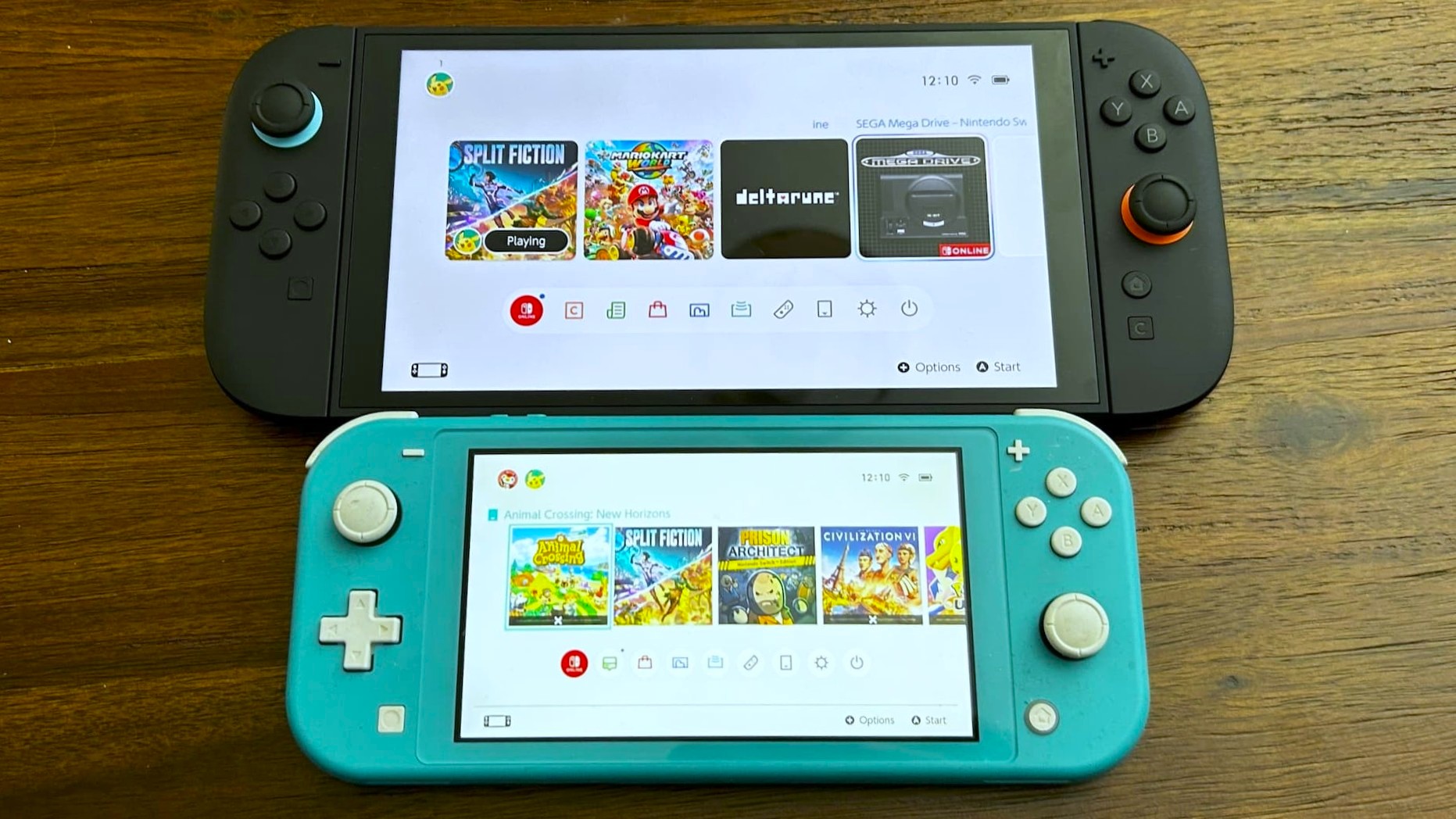
The shooting pains start within a few minutes. Initially, it's a burning sensation, but it gradually builds to shooting pain that radiates from the joint of my right thumb up my wrist. Despite the extra support from my deteriorating brace, it's quickly clear that I won't be playing Deltarune in bed, on my sofa, or anywhere in the Switch 2's handheld mode. While the Pro Controller has allowed for hours of comfortable play in TV mode, the size, weight, and, most importantly, design of the Switch 2 in my hands is too much for my De Quervain's tenosynovitis. I re-dock the console and give up – I'll wait for the Switch 2 Lite.
I'm fortunate, though. My disorder and dexterity issues (a hazard of the perilous job of games journalism) are likely temporary. A steroid injection in the wrist, consistent brace wearing, and in a few months, things should be back to relative normality. But the last few months of dealing with this disorder have made me vehemently aware of how inaccessible the Switch 2's handheld mode is for those with dexterity issues, and the importance of ergonomic design when it comes to our devices and accessories – I certainly don't want to end up with the same wrist issues again. It also highlighted the need for a Switch 2 Lite that offers a lighter, smaller, and more ergonomically attuned handheld experience.
A weighty realization
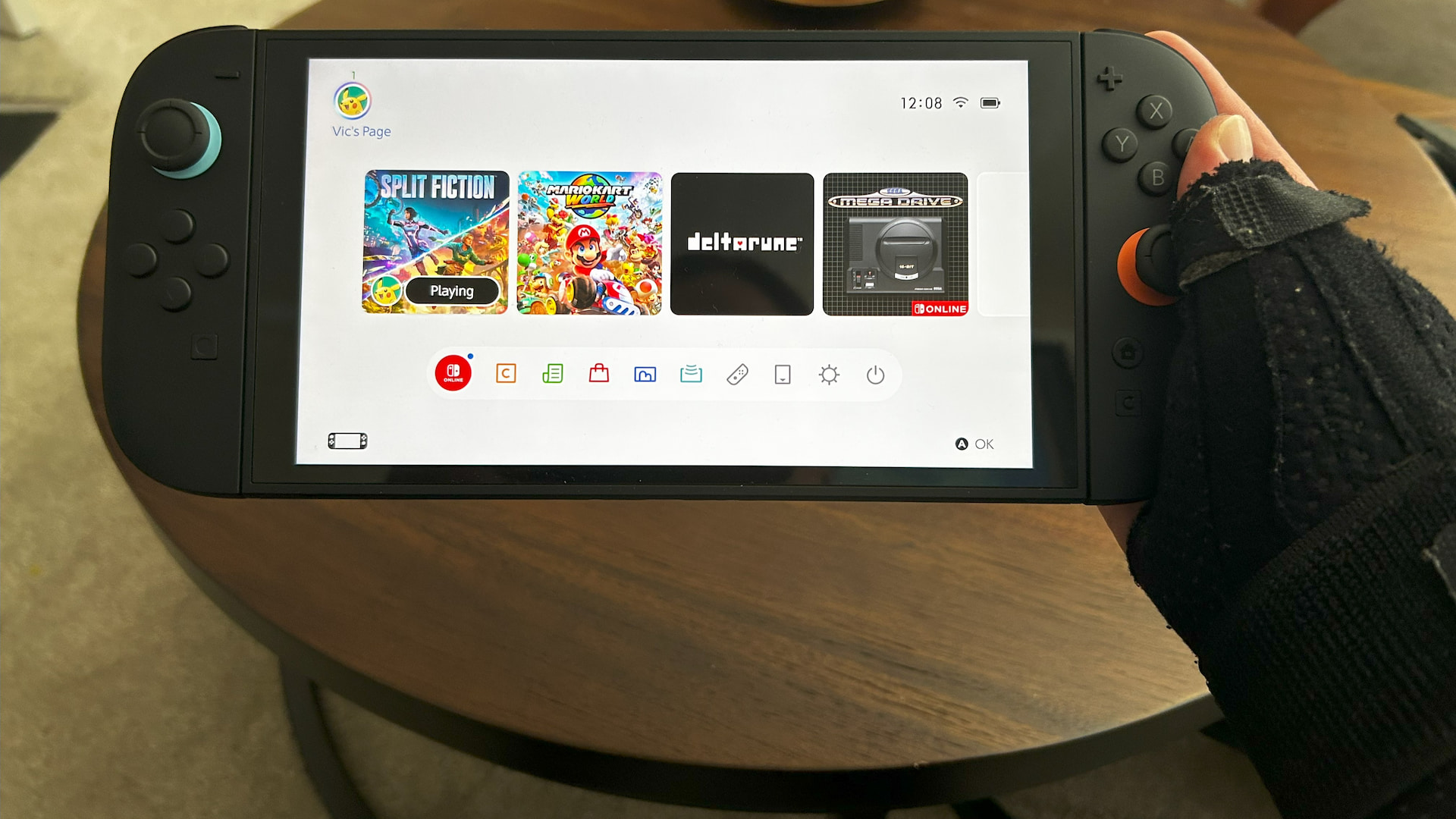
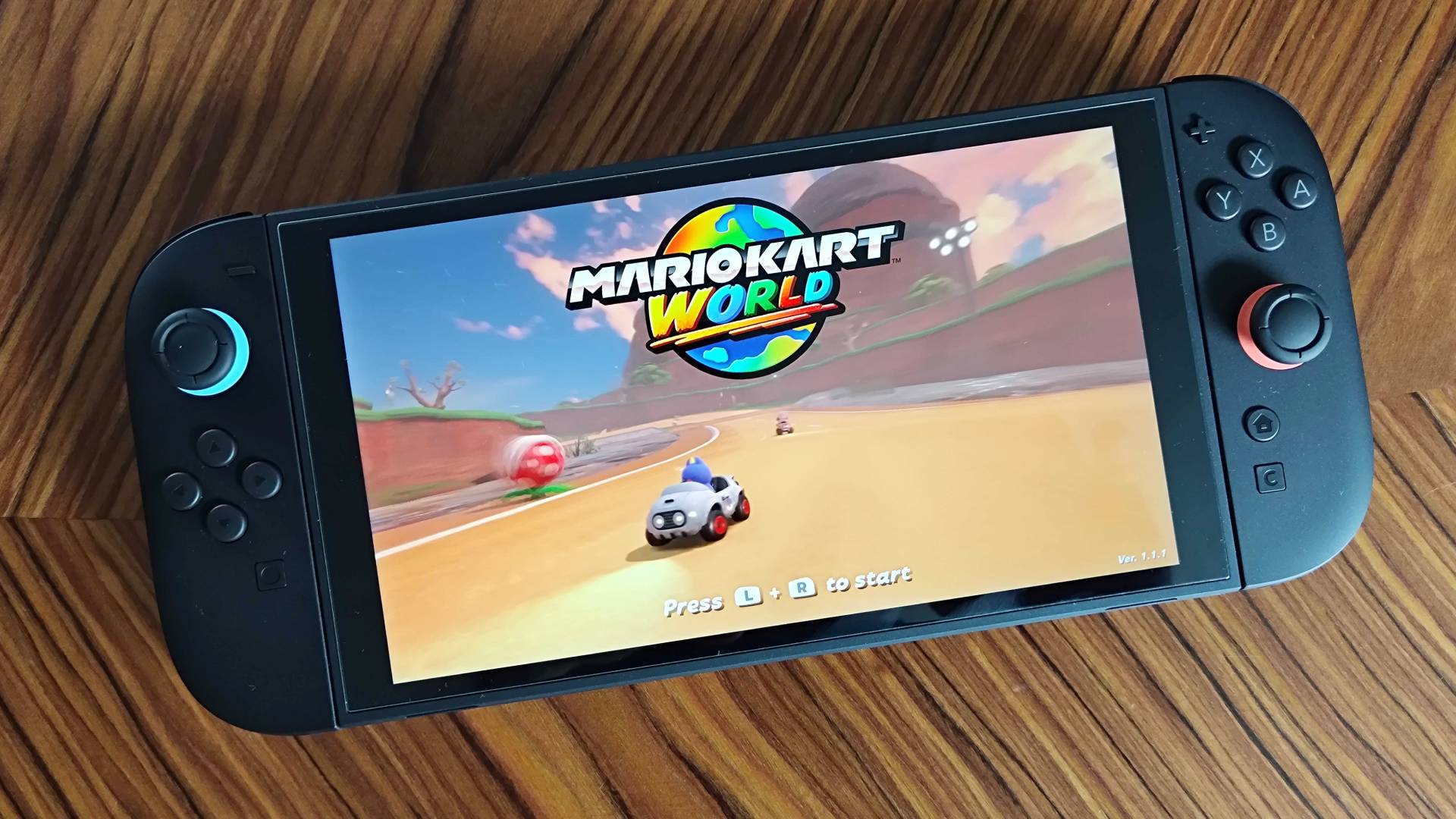
Nintendo Switch 2 review: "We're in for an excellent generation"
The Switch 2 is noticeably larger and heavier than its predecessor. It's roughly half an inch taller, over an inch wider – due to its 7.9-inch screen – and nearly 150g heavier than the original 399g Switch, at roughly 534g with the Joy-Con 2s inserted (weighing slightly more than the average bag of sugar). While this extra weight doesn't seem like much, if you held a bag of sugar for hours on end, you'd probably start to feel it, especially if you divided that sugar into two and held both bags up as if holding a handheld. And no, you shouldn't be resting the console on your knees and looking down: your neck will thank you.
I've had friends, with lovely, working wrists, try out my Switch 2 in handheld mode, and their immediate reaction upon holding it is: "It's heavy isn't it?!" Their main concern, like mine, was the ability to play for hours on end without suffering from long-term issues like carpal tunnel. Those who potentially have more petite hands and wrists, like children, could be especially susceptible to this down the line.
But the Switch 2 isn't the heaviest handheld out there by a long shot. Bulky handhelds are the norm now, for better or worse – I'd say probably the latter. The Steam Deck OLED is a hefty 640g and the Asus ROG Ally is 608g, considerably heavier than the Switch 2, but there's a key difference: both have ergonomic designs. They're heavy, but their tailored designs mean they're suited to extended gaming sessions, with the ROG Ally boasting dome-shaped buttons for comfortable pressing, easy-to-reach rear buttons, and a slanted body design. They're not perfect, and more suited to bigger hands, but it's a solid step in the right direction.
The Switch 2 as a handheld, however, is lacking in this department. There are ergonomic improvements over the original Switch, like improved grips, more rounded (and larger) Joy-Cons, and slightly bigger buttons, thumbsticks, and triggers, but Nintendo's console is still eating the dust of its handheld rivals. The flat design and short control stick make for uncomfortable playing over a longer period, and the buttons are still way too small – especially for those with dexterity issues.
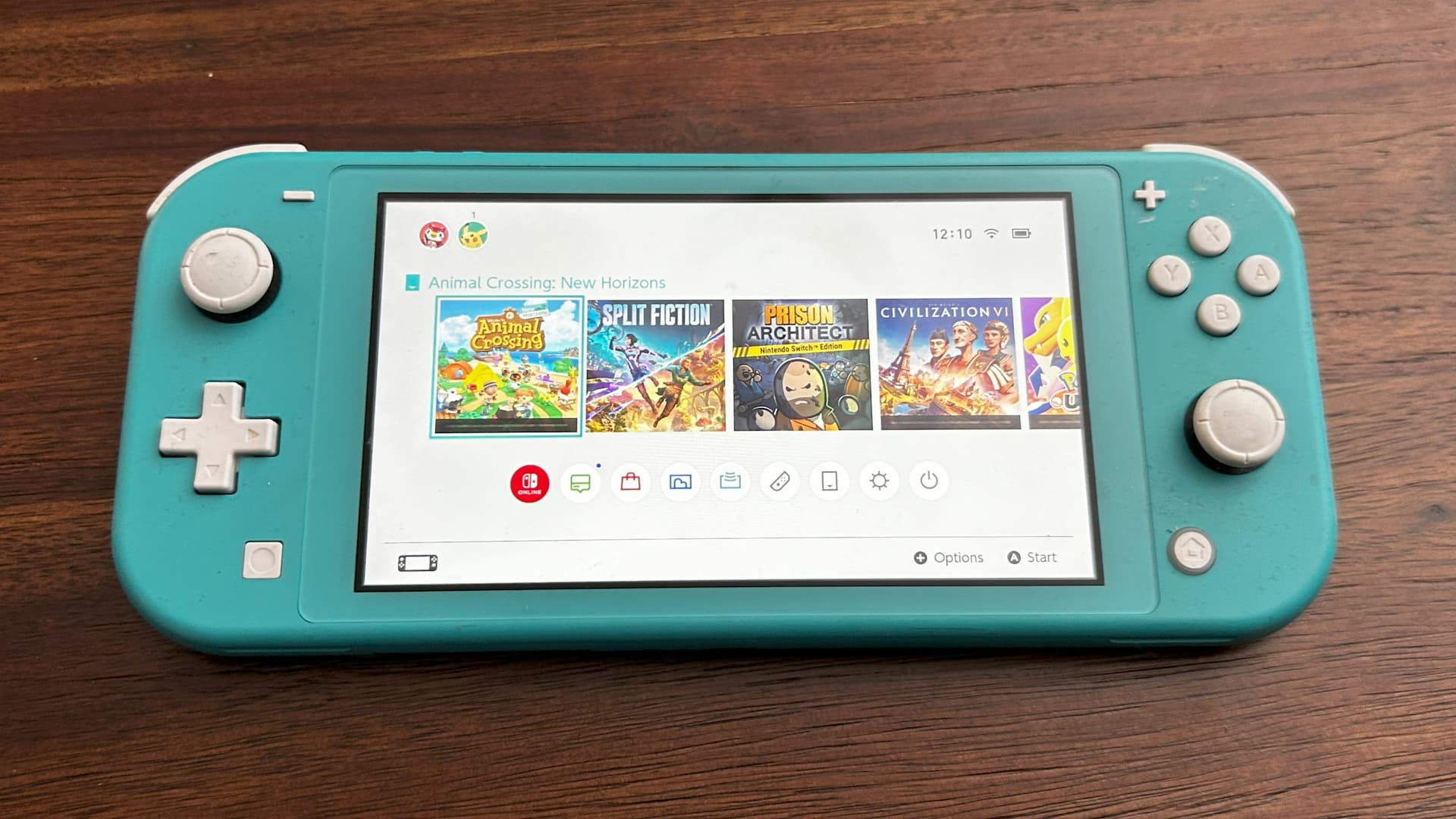
Nintendo has an opportunity to address the issues with the Switch 2 as a handheld, though the solution may not come for a couple of years. The Switch Lite, a purely handheld, smaller (and more affordable) version of the Switch released two years after the original console. Having also had issues with the Switch's size in handheld mode, I was pleased to snap it up and found it a comfortable, easily portable alternative to the main console. But, it still suffers from a lack of ergonomics and isn't as comfortable as other handhelds.
With a Switch 2 Lite, Nintendo could take the opportunity to roll out an ergonomic design that makes the handheld more comfortable and accessible. Implementing larger, domed, and naturally placed buttons, easier-to-reach triggers, better grips, and a more rounded design overall could make a world of difference to longer play sessions. A Switch 2 Lite would also, naturally, be smaller and size and lighter, not only making it more comfortable to hold without strain but making the damn thing easier to transport.
Right now, I need to take a backpack to transport my Switch 2 (in its carry case) anywhere, and even when I do, I feel uncomfortable with the amount of space I take up in public areas like cafes and trains due to the screen size. This means there's a serious downgrade in portability, a critical half of the console's hybrid appeal.
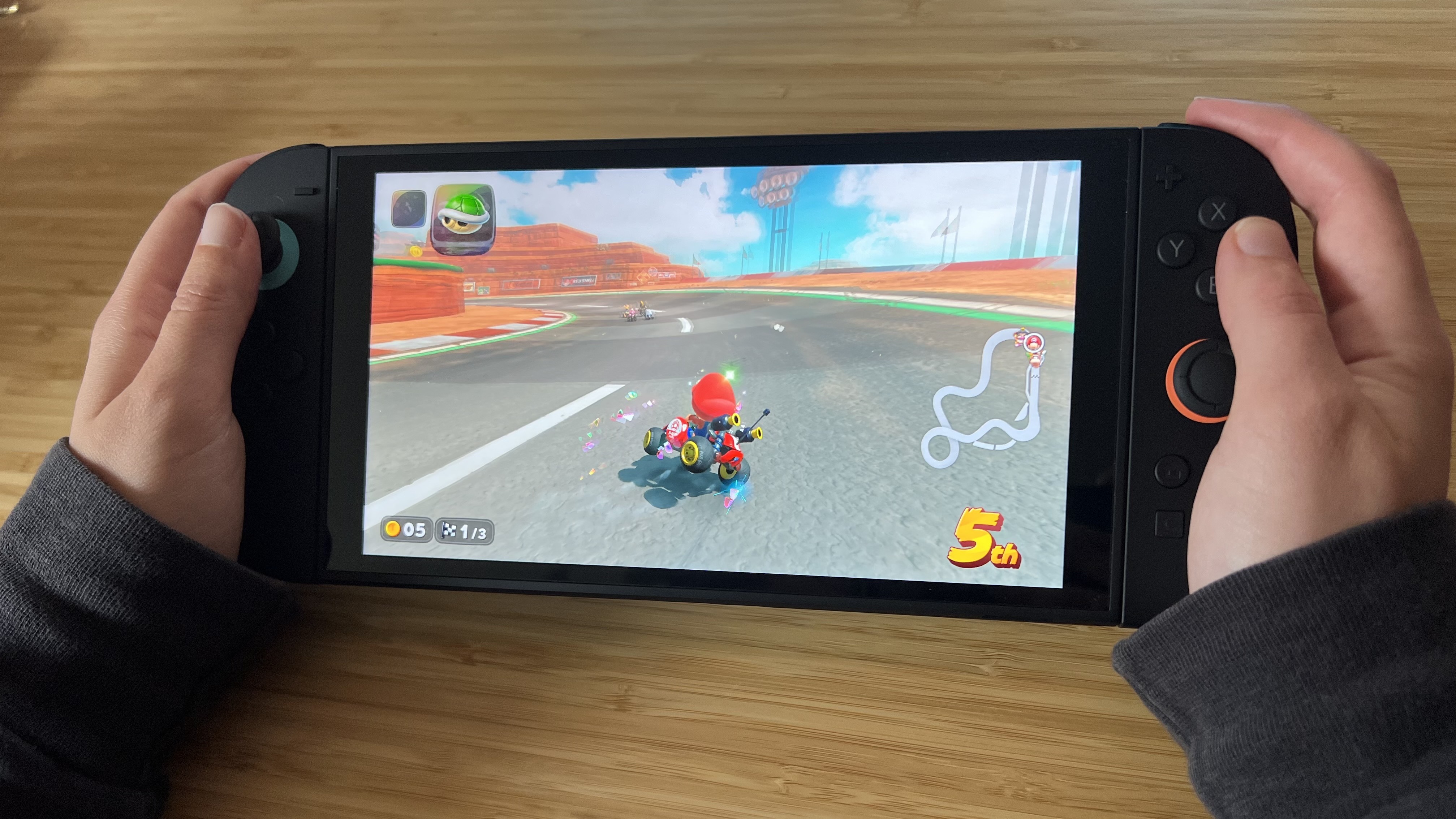
Is it likely Nintendo will release a Switch 2 Lite? Yes. We likely won't see it for a few years, but the success of the Switch Lite means they likely won't miss the opportunity for more Switch 2 sales. Do I think it'll have an ergonomic design? No, probably not.
Nintendo's accessibility efforts are lacking in comparison to Xbox and PlayStation, with both its consoles and games. But Nintendo president Shuntaro Furukawa said during a shareholders meeting in 2024 (as reported by Stephen Totilo) that the company "will continue to make various efforts to ensure that many people can enjoy our games." Well, the proof is in the pudding. And a Switch 2 Lite is the perfect opportunity for Nintendo to cook.
We've rounded up all upcoming Switch 2 games to see what's in store for Nintendo's latest console







